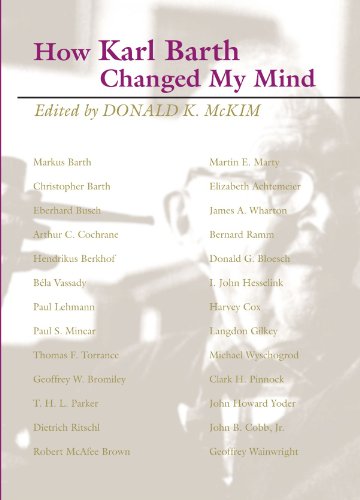The Christians: Their Practices and Beliefs
Written by Peter McKenzie Reviewed By Dewi HughesAs the author states on the title page, this volume is ‘An Adaptation of Friedrich Heiler’s Phenomenology of Religion’. Using Heiler’s categories for analysing religious phenomena in general, McKenzie divides his analysis into three parts. The first part, which comprises two thirds of the volume, deals with ‘the world of Christian phenomena’. Here he looks at such things as sacred objects, space, time and number, action, word, writings, person and community in the Christian tradition. The theme of the second part is ‘the world of Christian concepts’. Here the chapter headings such as ‘The Deity’, ‘Creation’ or ‘salvation’ sound more familiar to the theologian or church historian. The third part, made up of two short chapters, deals with ‘the world of Christian experience’. The first of these two chapters looks at ‘Basic Forms’ of Christian experience such as ‘awe’, ‘fear’, ‘faith’, etc., while the second examines ‘supernormal Forms’ such as ‘inspiration’, ‘visions and auditions’, etc.
This is unquestionably a very ‘different’ book on Christianity and is very interesting simply because of that. All sorts of fascinating facts about Christian practice are catalogued here. It is also interesting to see the way in which Christian practice compares with the non-Christian. Like most volumes which claim to be phenomenological, however, there is a tendency for the listing of numerous examples of the same phenomenon to become tedious. But the great weakness of the volume is seen in the way in which raw material for the early history of Christianity is selected and in its systematic conclusions.
As McKenzie states in his introduction, a phenomenologist must depend on the historian to gain access to the phenomena of any historical religious tradition. But unfortunately the historians do not present the phenomenologist with unequivocal evidence for the phenomena. What the phenomenologist gets from historians is different accounts of the phenomena. A brief look at various accounts of NT history would soon prove this point. That this is so is not at all apparent in this volume. Take the view of the origin of the Lord’s Supper. McKenzie’s theory is that the Lord’s Supper started off as a common meal which Jesus shared with his friends with the possibility that there might have been some eschatalogical meaning to it. It was Paul, who had grown up in the atmosphere of the Graeco-Roman mystery cults, who transformed the common meal into a sacramental meal re-enacting the drama of the dying redeemer (p. 123f.).
This view of the early history of the Lord’s Supper is held by some NT scholars but it is not the only view by any means, though the impression is given that it is. It is at this point that the phenomenologist’s claim to objectivity is most questionable. McKenzie’s account of the Lord’s Supper—which is but one example from many of his type of approach—is not a case of allowing the phenomenon to manifest itself but a case of forcing the facts into a preconceived framework provided by a particular philosophy of history.
McKenzie’s systematic conclusions show quite clearly what his overall framework for understanding religion is. He believes that all genuine religious experience in all the religious traditions leads to unity with God and that it reaches its fulfilment in Jesus Christ’s teaching on the kingdom of God (e.g. pp. 103, 169, 238, 311). He is not a Hickian pluralist but even so his view does not do justice to the unique glory of the Lord Jesus Christ.
In conclusion, if one can practise a phenomenological epoche with the theoretical weaknesses of this volume there is a wealth of interesting information to absorb.
Dewi Hughes
Theological Advisor, Tearfund







